"Life is a highway.🫰" - The leafcutter ants, probably
01.08.2025 15:37 — 👍 2 🔁 0 💬 0 📌 0
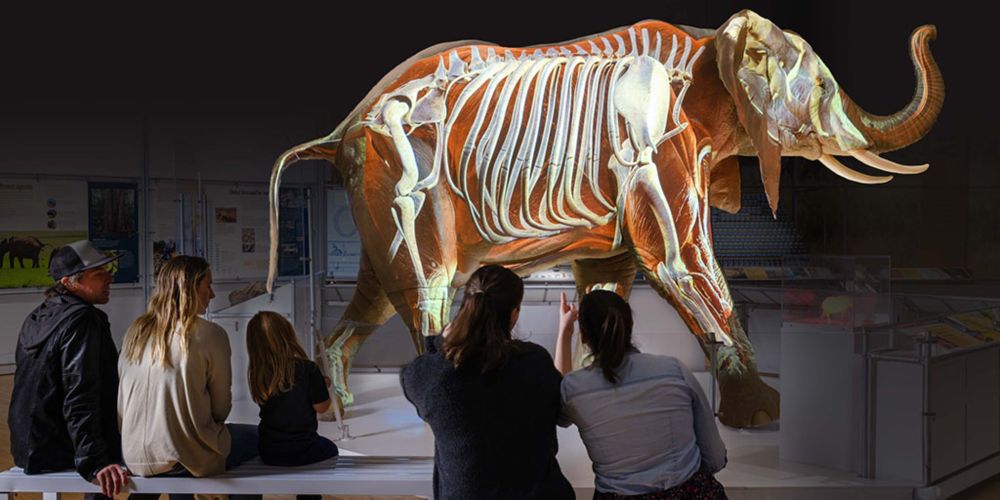
The Secret World of Elephants Exhibition | AMNH
Last chance to see this exhibition about one of Earth’s largest and most beloved tusked herbivores. Closes Sunday, August 3.
See full-scale models of proboscideans, and explore humanity’s relationship with elephants—including conflict and conservation. Plan your visit.👇
01.08.2025 13:15 — 👍 11 🔁 1 💬 0 📌 1
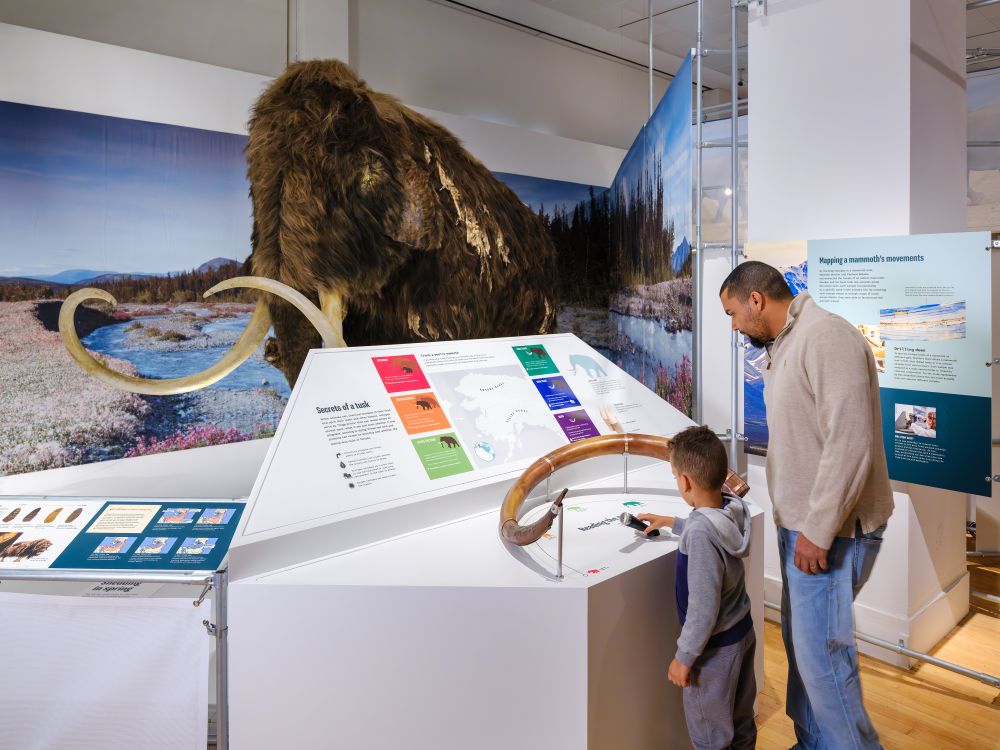
A photo of Museum visitors gazing at a fossilized mammoth tusk. Behind them, a life-sized model of a mammoth can be seen. It is covered in brown fur and appears to be shedding.
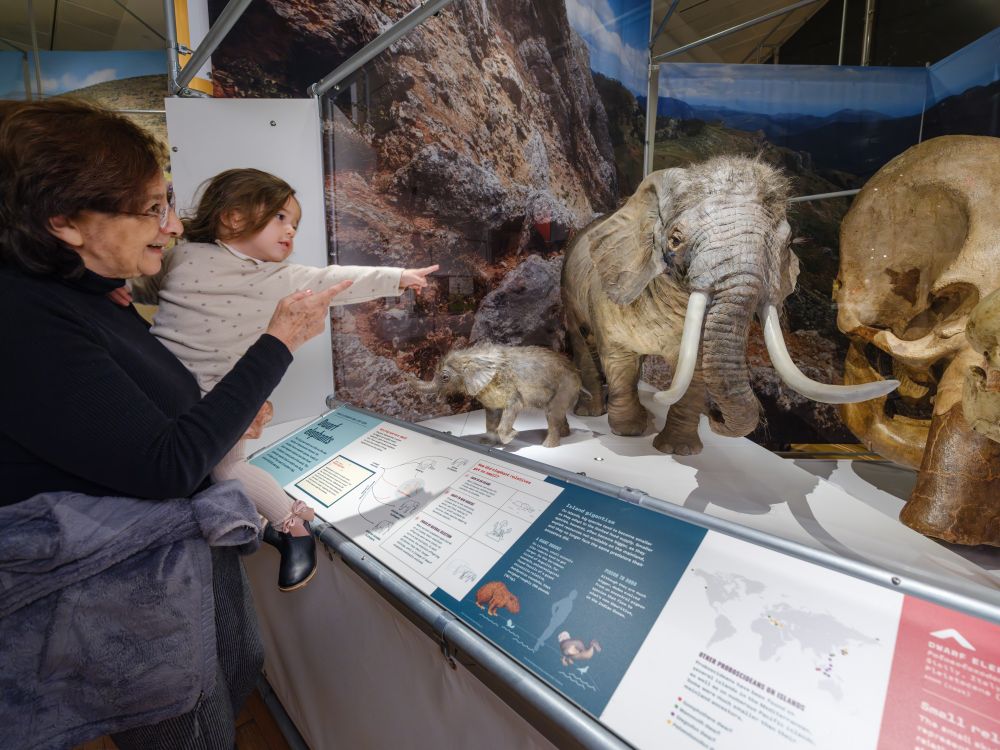
A photo of Museum visitors gazing at a model of a dwarf elephant and its offspring. They are tiny in size.

A photo of Museum visitors interacting with a display in The Secret World of Elephants.
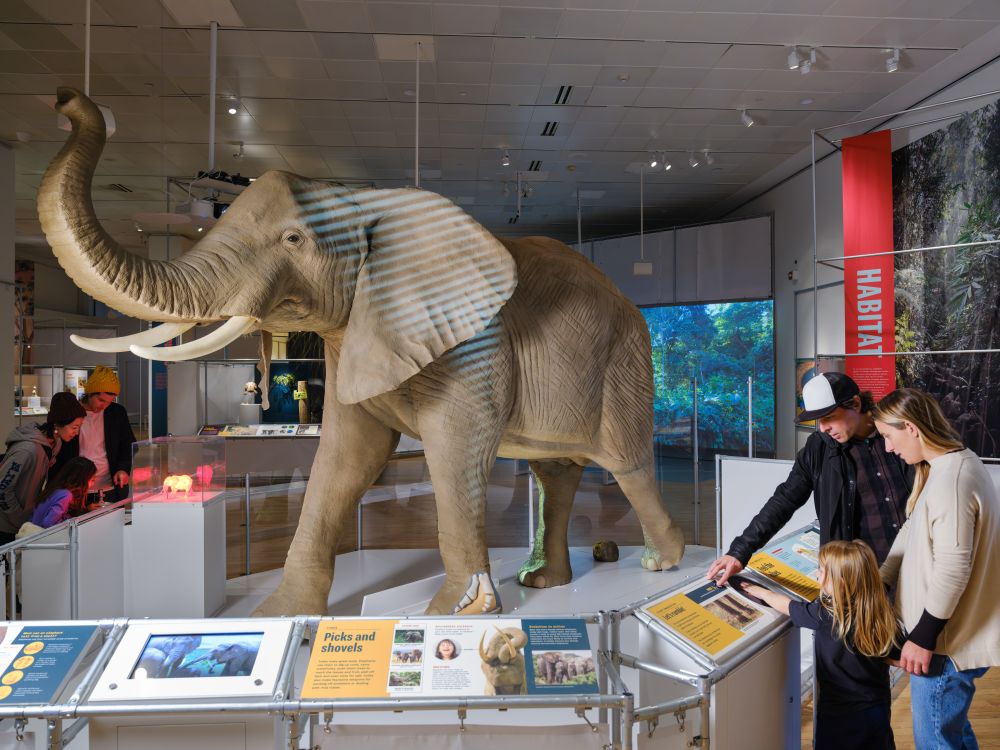
A photo of a life-sized elephant model. Museum visitors are visible in the background.
🐘 Last chance! The Museum’s exhibition The Secret World of Elephants closes Sunday, August 3. This weekend is your final opportunity to discover new science about both ancient and modern elephants.
🎟️ Museum Members see it free. Details: bit.ly/4l66bPq
Photos: A. Keding/© AMNH
01.08.2025 13:15 — 👍 28 🔁 6 💬 1 📌 1
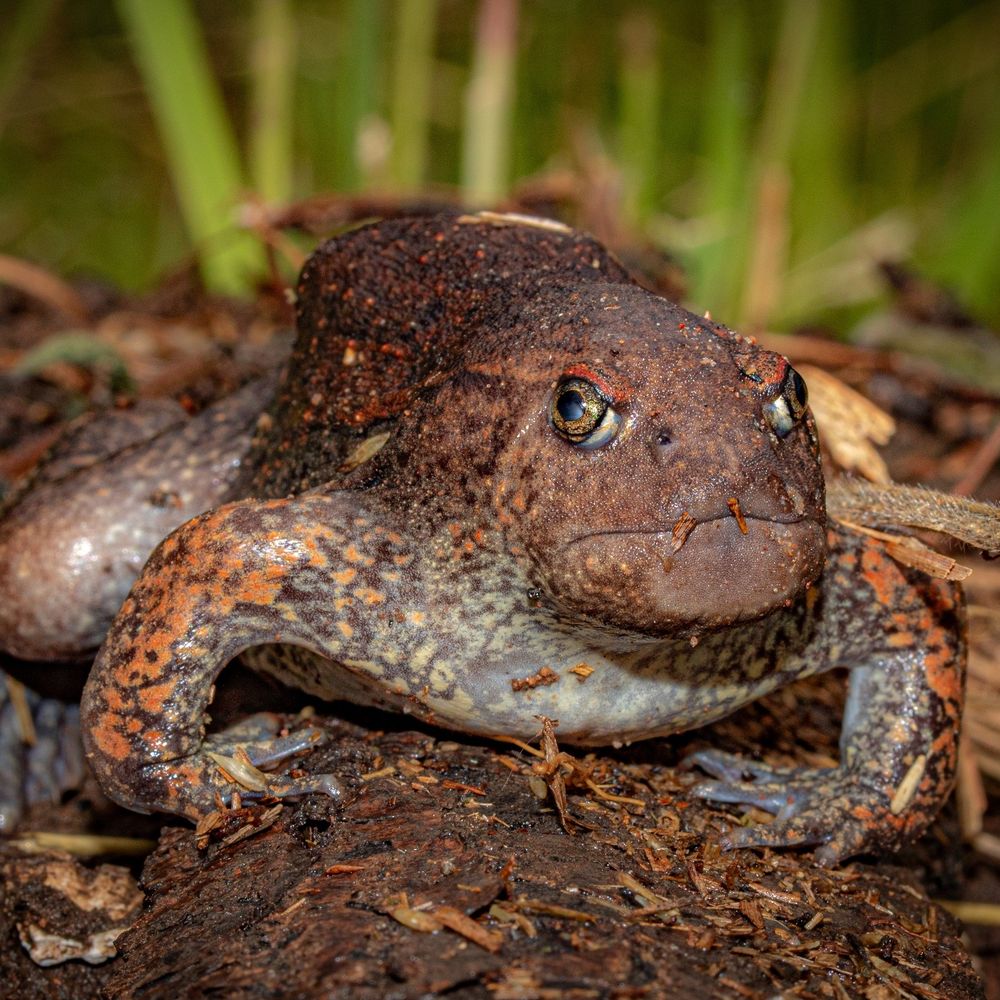
A photo of a blunt-headed burrowing frog facing the viewer. The frog is brownish in color with marbled markings on its chest and arms. It has a seemingly angry expression.
Meet the blunt-headed burrowing frog! Also known as the balloon frog, it spends much of its time underground. During the breeding season, it comes to the surface and takes advantage of seasonal rain pools to release up to 300 eggs.
Photo: Noah Kirkland, CC BY 4.0, iNaturalist
31.07.2025 19:25 — 👍 80 🔁 9 💬 4 📌 5
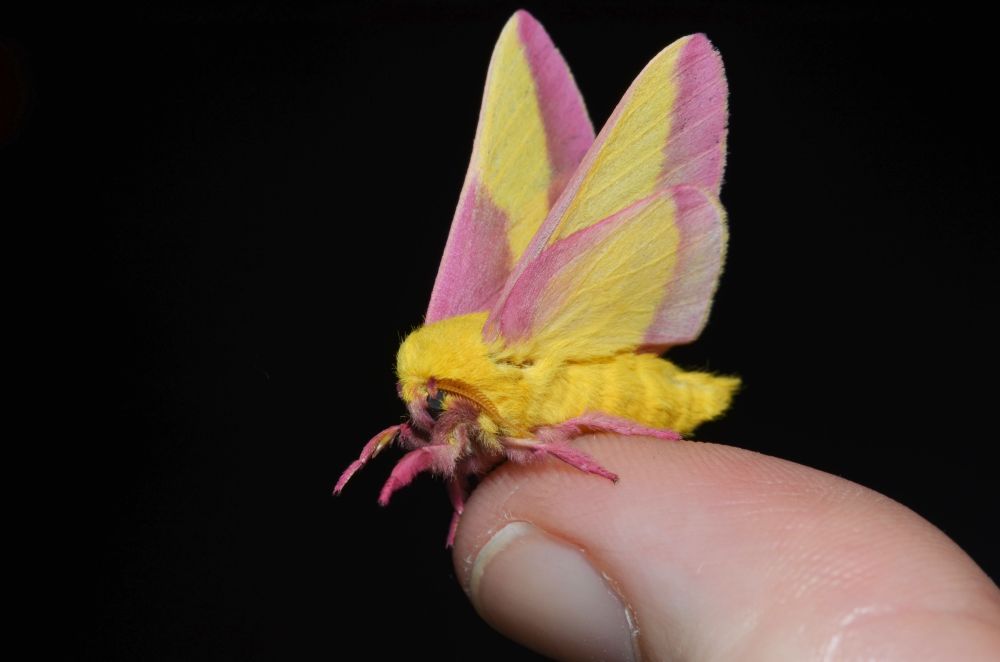
A photo of a rosy maple moth on a human fingertip. It is yellow and pink in color with a fuzzy texture. Its wings are held above its body.
Ever seen the rosy maple moth? Its vibrant color provides camouflage among the fruits of red maple trees. With a wingspan of up to 2 in (5 cm), this silk moth is nocturnal & solitary. It can be found throughout North America.
Photo: Andy Reago & Chrissy McClarre, CC BY 2.0, Wikimedia Commons
30.07.2025 18:53 — 👍 104 🔁 16 💬 3 📌 1
Something totally unexpected and beautiful from today; I stumbled upon Nabokov’s Butterflies at the American Museum of Natural History in NYC.
30.07.2025 03:24 — 👍 35 🔁 5 💬 2 📌 1
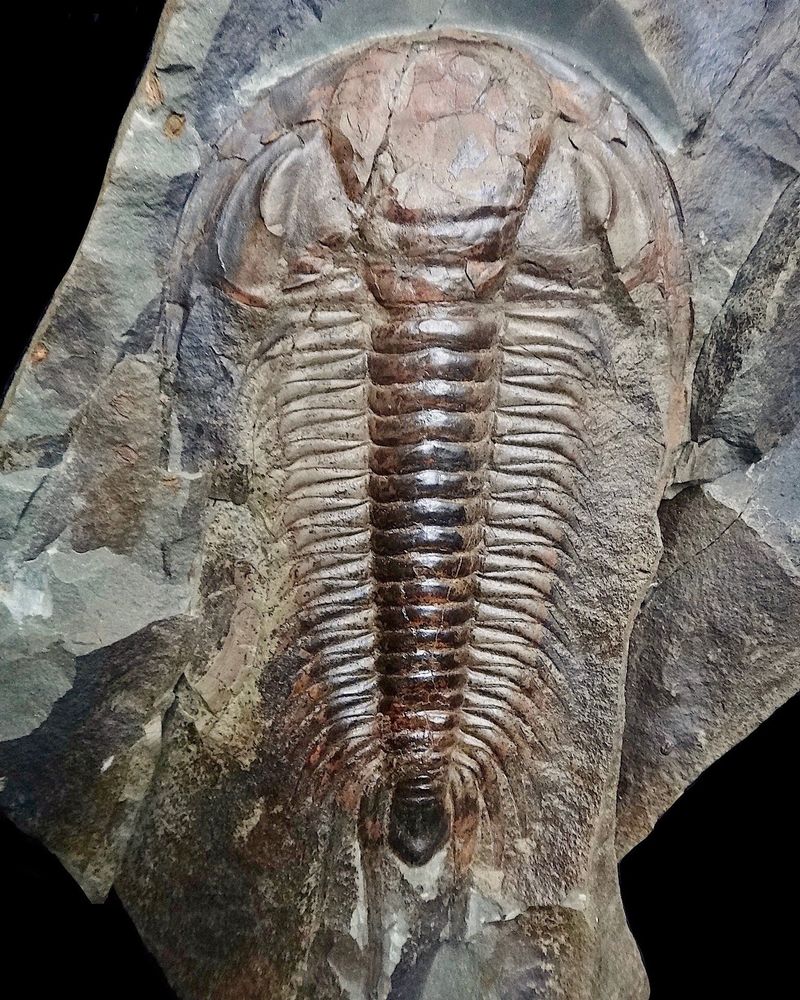
A photo of a fossilized trilobite. It has an oblong, multi-segmented body and somewhat resembles a horseshoe crab.
This Trilobite Tuesday, let’s venture to the Czech Republic’s Jince Formation! More than 50 different species have been identified from this locale, including the magnificently preserved 6.3-in- (16-cm-) Paradoxides gracilis pictured here.
29.07.2025 18:16 — 👍 41 🔁 6 💬 0 📌 0
Also known as the naked bulldog bat, this mostly hairless mammal can be found in parts of Southeast Asia, including Sumatra, Java, Borneo, and the Philippines. It typically lives in large groups, and colonies of up to 20,000 individuals have been observed.
28.07.2025 14:16 — 👍 11 🔁 0 💬 0 📌 0
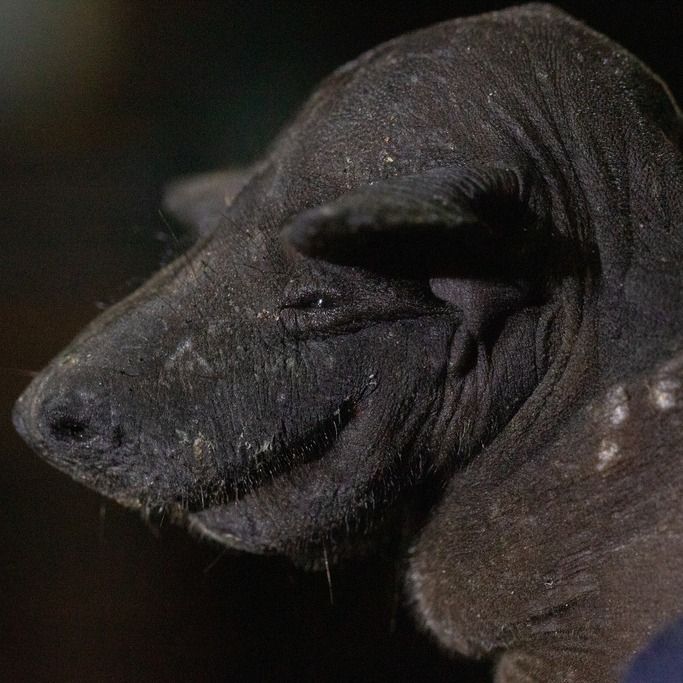
A photo of a greater naked bat. The animal is dark in color, nearly black, and mostly hairless. It has a blunt face.
Does this summer heat make you feel like a greater naked bat (Cheiromeles torquatus)?🥵 Glands in its neck produce unpleasant-smelling, oily secretions—the scent of which has been compared to “stale socks drenched in engine oil.”
Photo: Vatcharavee Sriprasertsil, CC BY-NC 4.0, iNaturalist
28.07.2025 14:16 — 👍 38 🔁 6 💬 1 📌 0

A black and white archival photo of people guiding a piece of the Museum’s massive sequoia slice through a doorway at the Museum.
Today’s Exhibit of the Day? The Museum’s giant sequoia. How do you fit a 16-ft- (4.9-m-) tree slice through a 12-ft- (3.7-m-) doorway? In 1912, this sequoia slice was cut to fit through the Museum. Visitors today can still spot the seams where it was put back together!
26.07.2025 15:12 — 👍 90 🔁 14 💬 2 📌 0
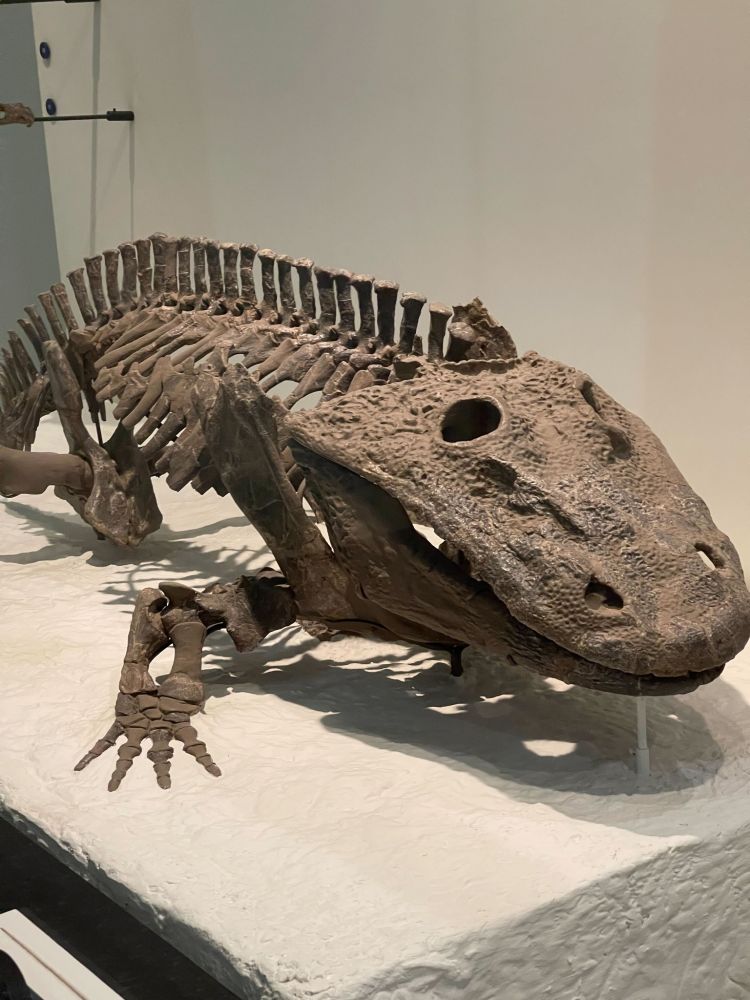
A photo of the fossilized skeleton of Eryops megacephalus. It is dark brown in color. The animal is low-slung with a large head.
This Fossil Friday, meet Eryops megacephalus! Evidence, including strong limbs and trackways that may have been made by this critter, suggests it was one of the most terrestrial early tetrapods. It lived ~280 mya during the Early Permian.
25.07.2025 20:36 — 👍 122 🔁 25 💬 1 📌 4

Reorganization of the theropod wrist preceded the origin of avian flight - Nature
The forelimbs of two Late Cretaceous theropod dinosaurs show the presence of the pisiform bone, previously thought to have been lost early in theropod evolution and regained in birds during the evolut...
The research, which was co-authored by Mark Norell, curator emeritus in the Division of Paleontology, reveals that a key wrist bone involved in flight, the pisiform, evolved far earlier than previously believed.
Read more about their findings, recently published in @nature.com, here: bit.ly/4kYnHoO
25.07.2025 17:04 — 👍 13 🔁 0 💬 0 📌 0
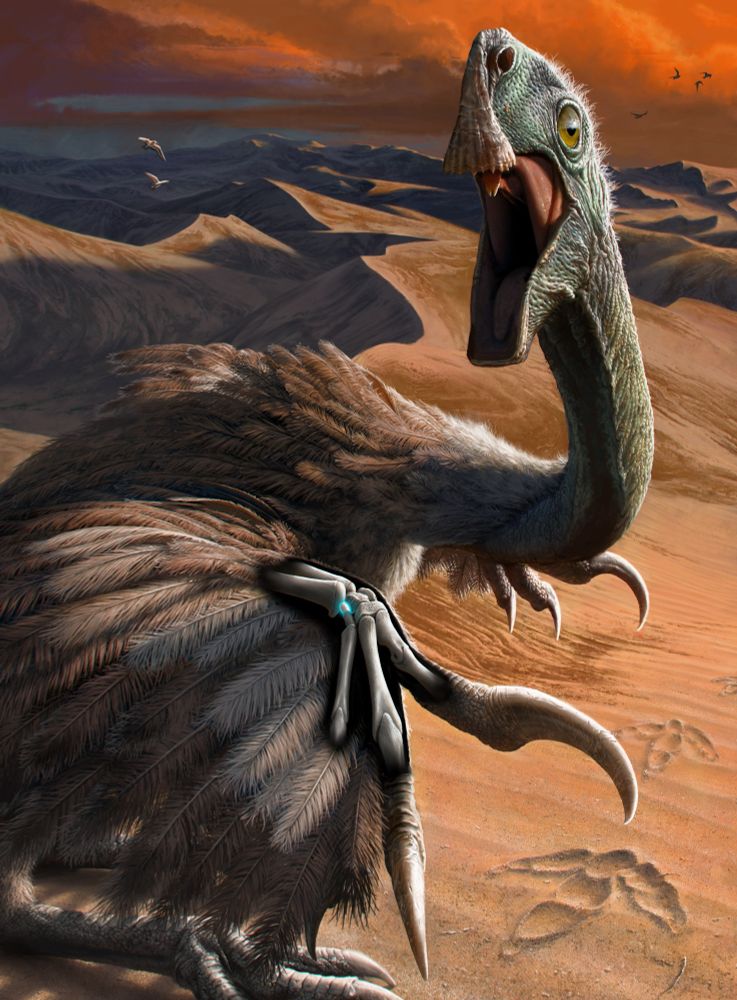
Illustration of a bird-like dinosaur walking upright. It looks as if it's walking up to the viewer. The animal's body is taking up most of the frame; it has a long bare-skinned neck and its body is covered in brown feathers, not unlike an ostrich. It also has long sharp claws. A sandy desert scene is in the background with rolling hills of sand and orange clouds.
Research alert! A new study led by James Napoli (@jgn-paleo.bsky.social), a comparative biology Ph.D. alum in the Museum’s Richard Gilder Graduate School, shows that important adaptations for flight in the wrists of modern birds were present in bird-like theropod dinosaurs.👀
Image: Henry S. Sharpe
25.07.2025 17:04 — 👍 123 🔁 23 💬 5 📌 1
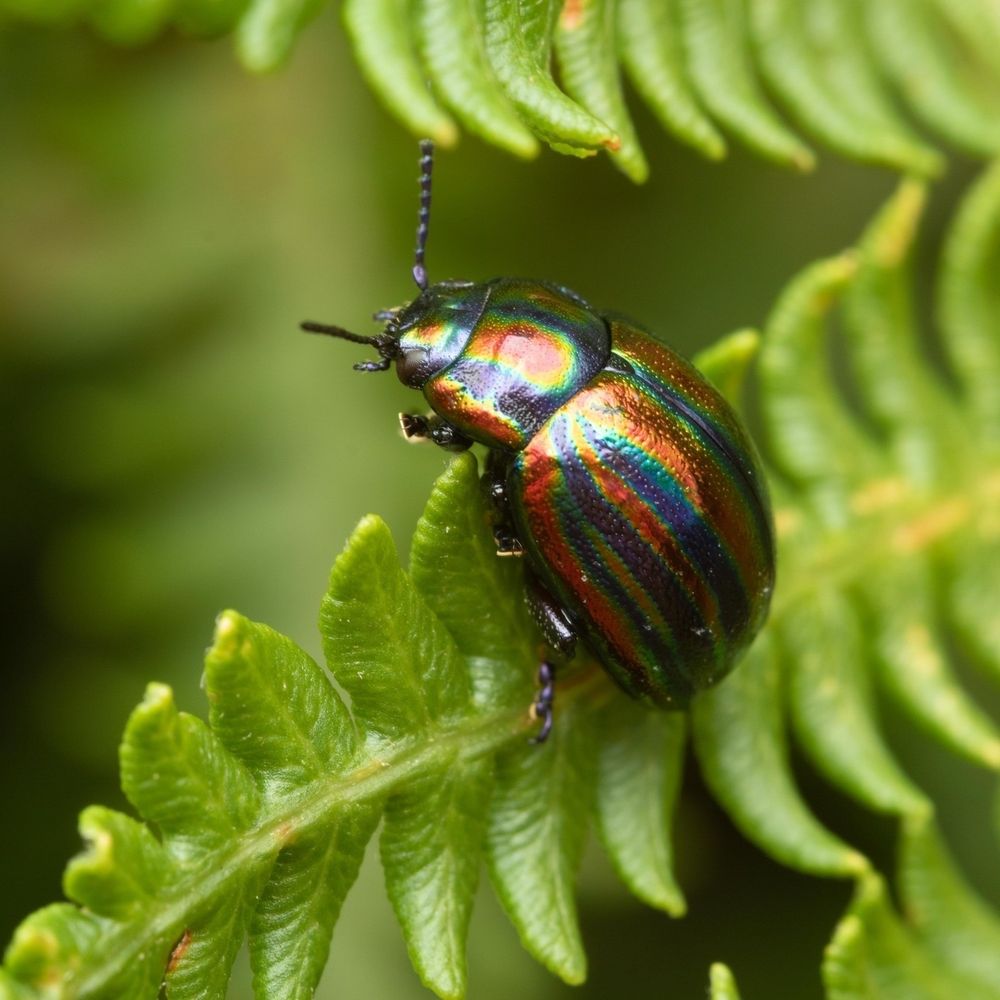
A photo of a rainbow leaf beetle surrounded by vegetation. The beetle is round in shape, dark in color, and has distinctly rainbow-colored streaks along its back.
🌈Feast your eyes on the dazzling colors of the rainbow leaf beetle (Chrysolina cerealis)! While this insect is widely distributed across Europe, it’s seldom seen. Growing up to 0.5 in (1.3 cm) in size, it feeds on plants including ivy, roses, & thyme.
Photo: martin_galli, CC BY-NC 4.0, iNaturalist
24.07.2025 14:53 — 👍 99 🔁 16 💬 0 📌 0
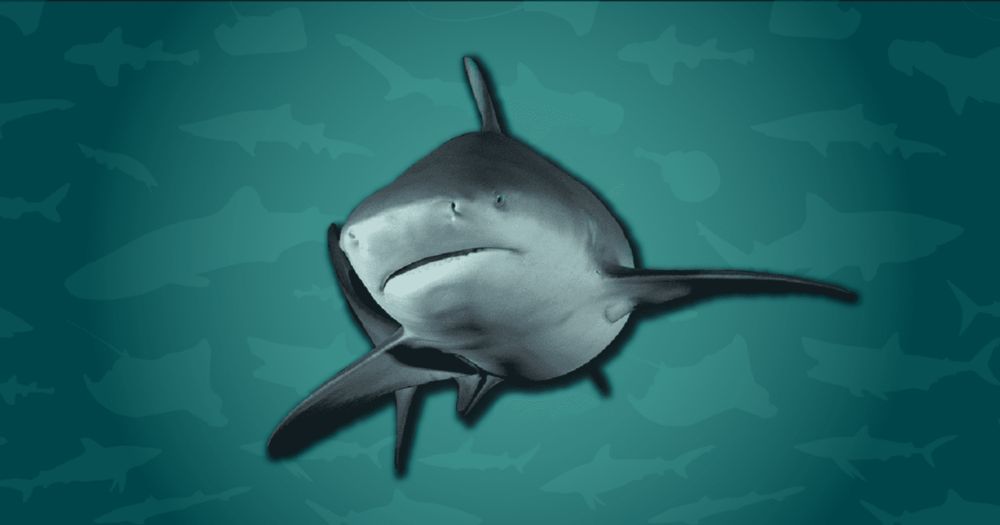
All About Sharks | AMNH
Sharks have been around for 450 million years. Find out about their unique features and way of life!
🦈 #DYK? There are more than 400 species of shark known to science! Sharks & their relatives have been swimming in Earth's oceans for ~450 million years. This #SharkWeek, learn all about sharks on OLogy, the Museum’s science website for kids, educators, & parents. Play games, watch videos, & more!👇
23.07.2025 17:11 — 👍 47 🔁 11 💬 0 📌 0
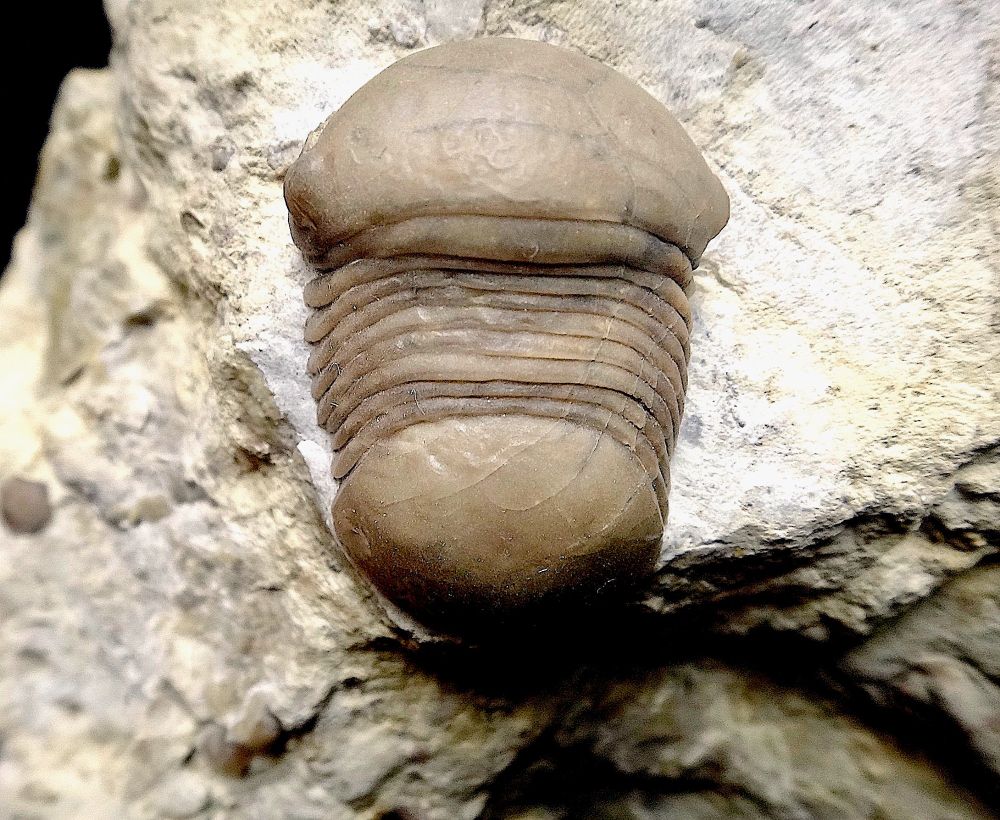
Close up of a small light brown trilobite fossil protruding from the surface of a beige stone. The trilobite's backside is facing the camera. It has smooth head and back ends with a ribbed carapace in between. It looks not unlike a human thumb.
It's Trilobite Tuesday! Pictured is a 2-in- (5-cm-) long Bumastoides from Wisconsin’s Platteville Formation. Partial specimens of the Ordovician trilobite are relatively common finds at this locale, while fully articulated examples, like this one, are exceedingly rare.
22.07.2025 14:21 — 👍 38 🔁 8 💬 0 📌 0
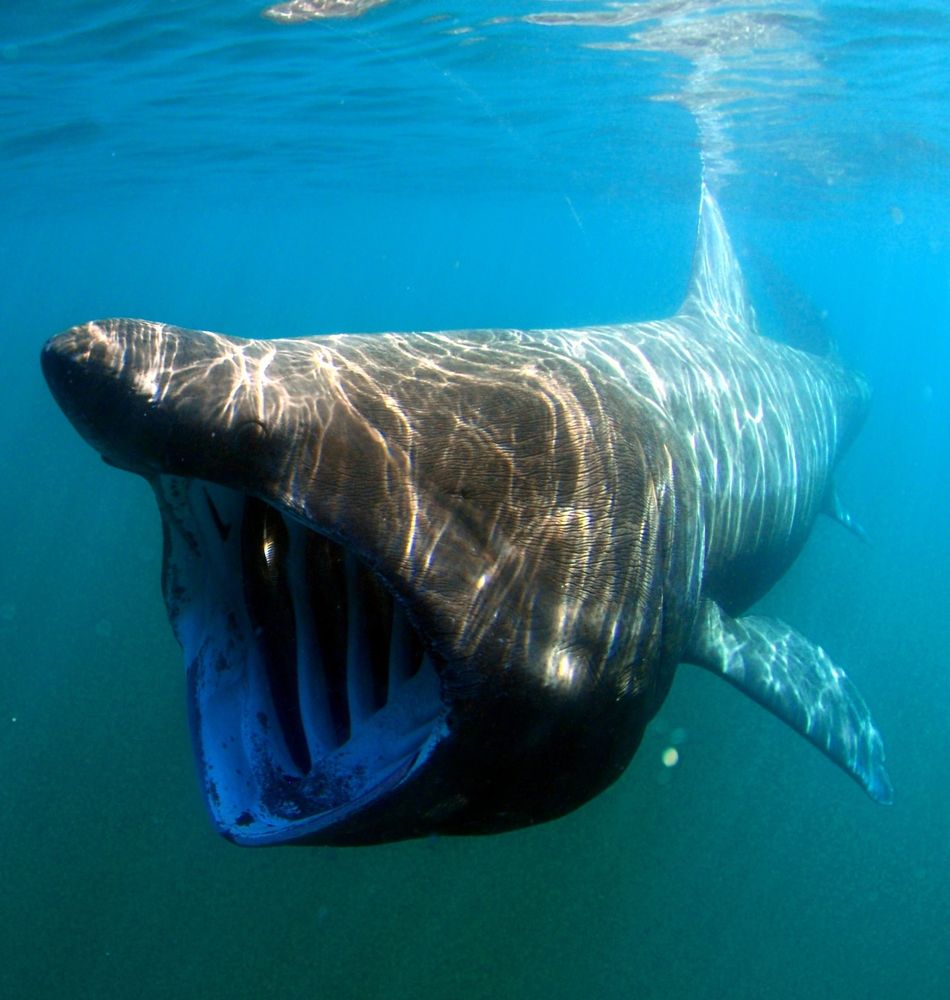
Head on shot of a basking shark swimming near the water's surface. It looks as if it's coming toward the viewer; it's facing the left of the frame. Its mouth is wide open as it filter feeds. It has dark gray skin and a shark-like body. Blueish-green water is in the background.
🦈Open wide! It’s Shark Week. Growing up to 40 ft (12 m) long, the basking shark (Cetorhinus maximus) is the second largest fish on Earth. This shark’s name nods to the way it feeds on plankton, “basking” at the surface of the ocean.
Photo: Greg Skomal/NOAA Fisheries Service, Wikimedia Commons
21.07.2025 20:29 — 👍 52 🔁 9 💬 0 📌 1
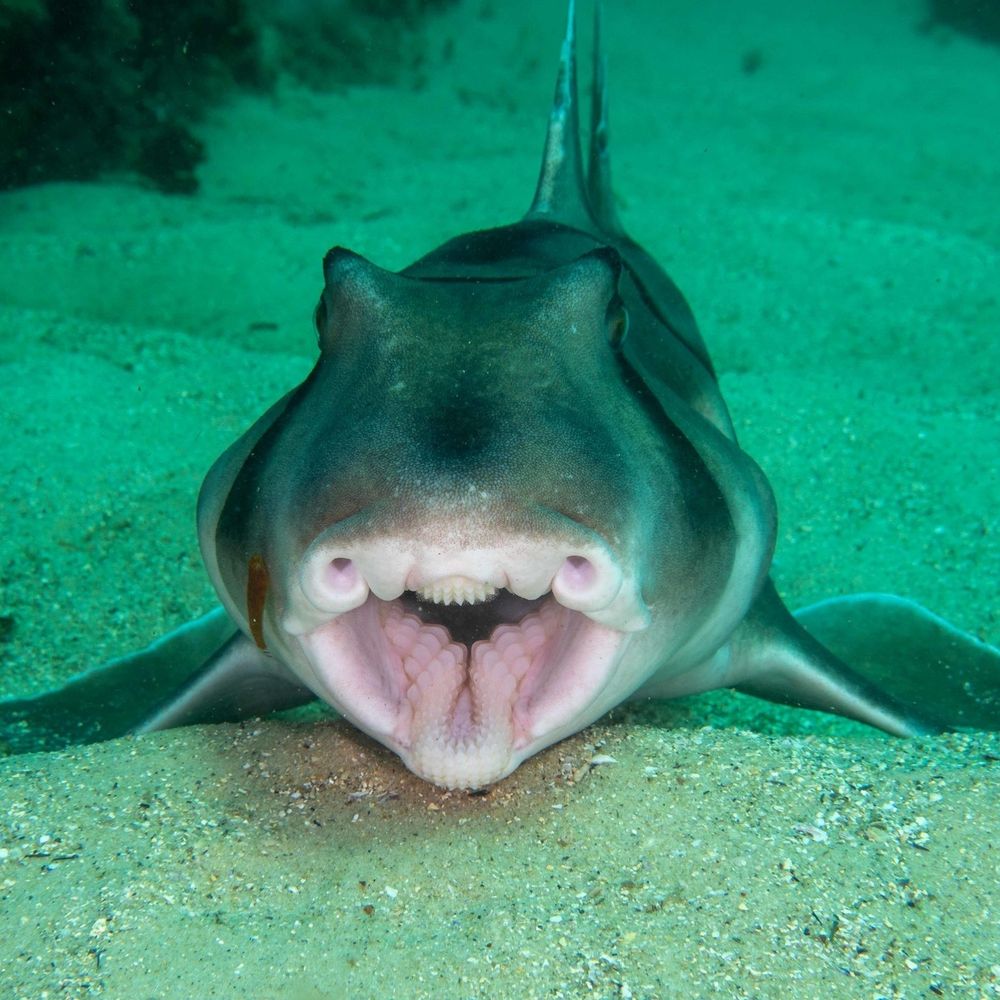
Photo: janetsclough, CC BY-NC 4.0, iNaturalist
🦈 It's #SharkWeek! Meet the Port Jackson shark! Unlike many sharks, which have slicing blade-like teeth, this critter has small pointed teeth in the front and broad flat ones in the back—perfect for grasping, grinding, and crushing prey.
Photo: janetsclough, CC BY-NC 4.0, iNaturalist
21.07.2025 00:14 — 👍 67 🔁 11 💬 1 📌 0
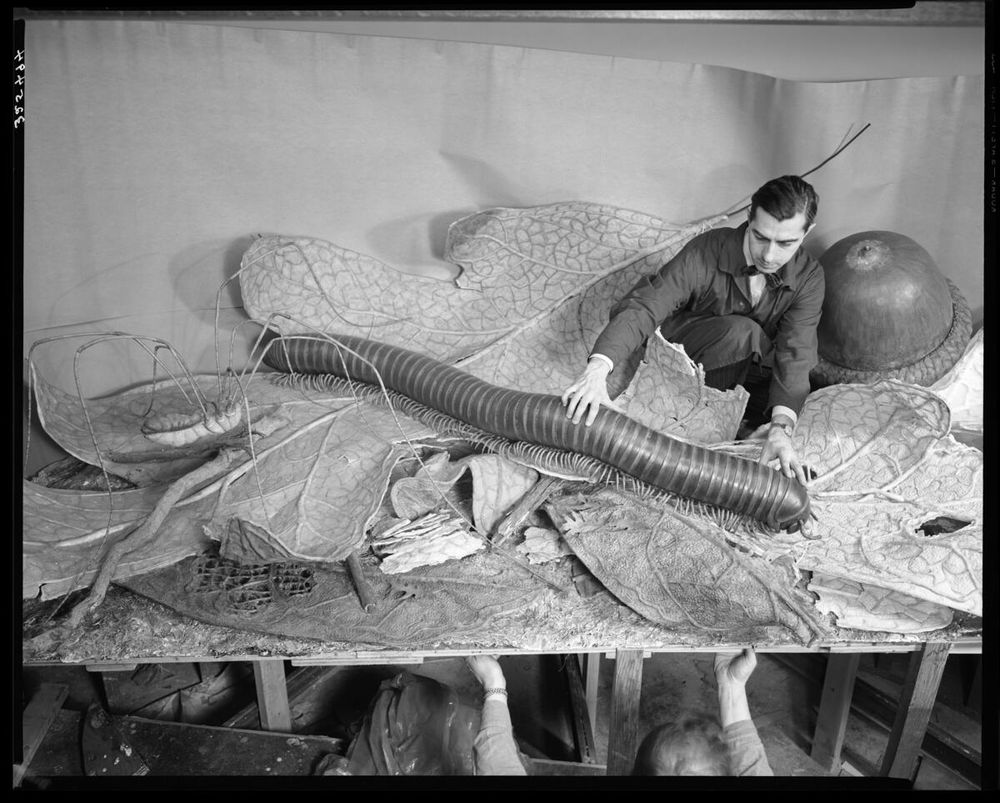
A black and white archival photo of the Museum’s Forest Floor Diorama. A Museum preparator is crouched inside the scene, installing large scale models of insects.
Today’s Exhibit of the Day? 🐛🐞🐜 The Museum’s Life on the Forest Floor Diorama. To create this up-close look—full of decomposing debris and hungry critters—Museum artists studied specimens under a microscope and then created models 24x larger than life!
19.07.2025 19:31 — 👍 107 🔁 11 💬 3 📌 2
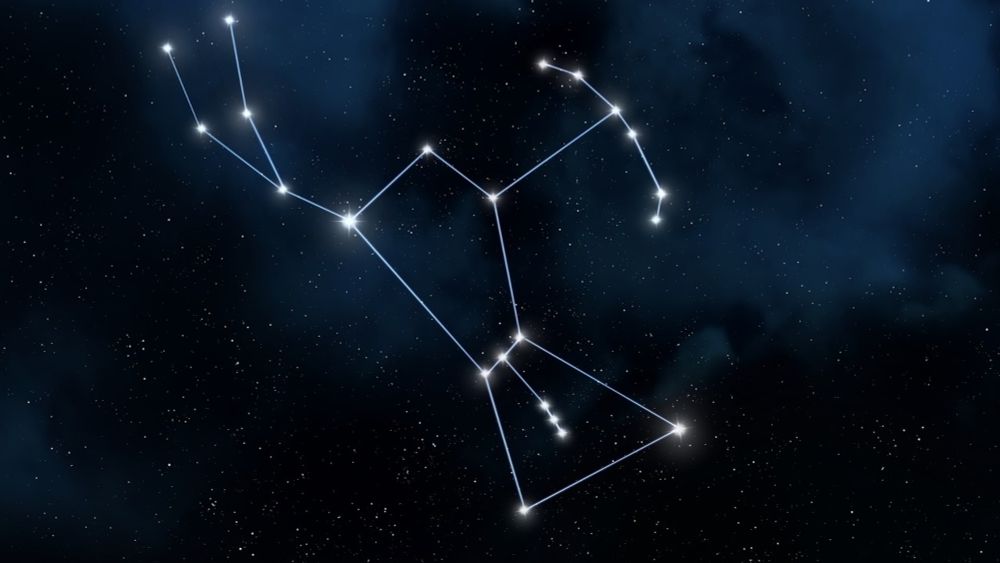
Everything in the Universe is Moving–Including the Constellations
Enjoy the videos and music you love, upload original content, and share it all with friends, family, and the world on YouTube.
🚀 Ever since the Big Bang, everything in the universe has been in constant motion—including constellations in the night sky. Join Curator Jackie Faherty as she discusses how the motion of the stars around us, and even our position in the Milky Way galaxy, will change! ⬇️
amnh.link/4nWbbJj
18.07.2025 20:25 — 👍 56 🔁 7 💬 0 📌 1
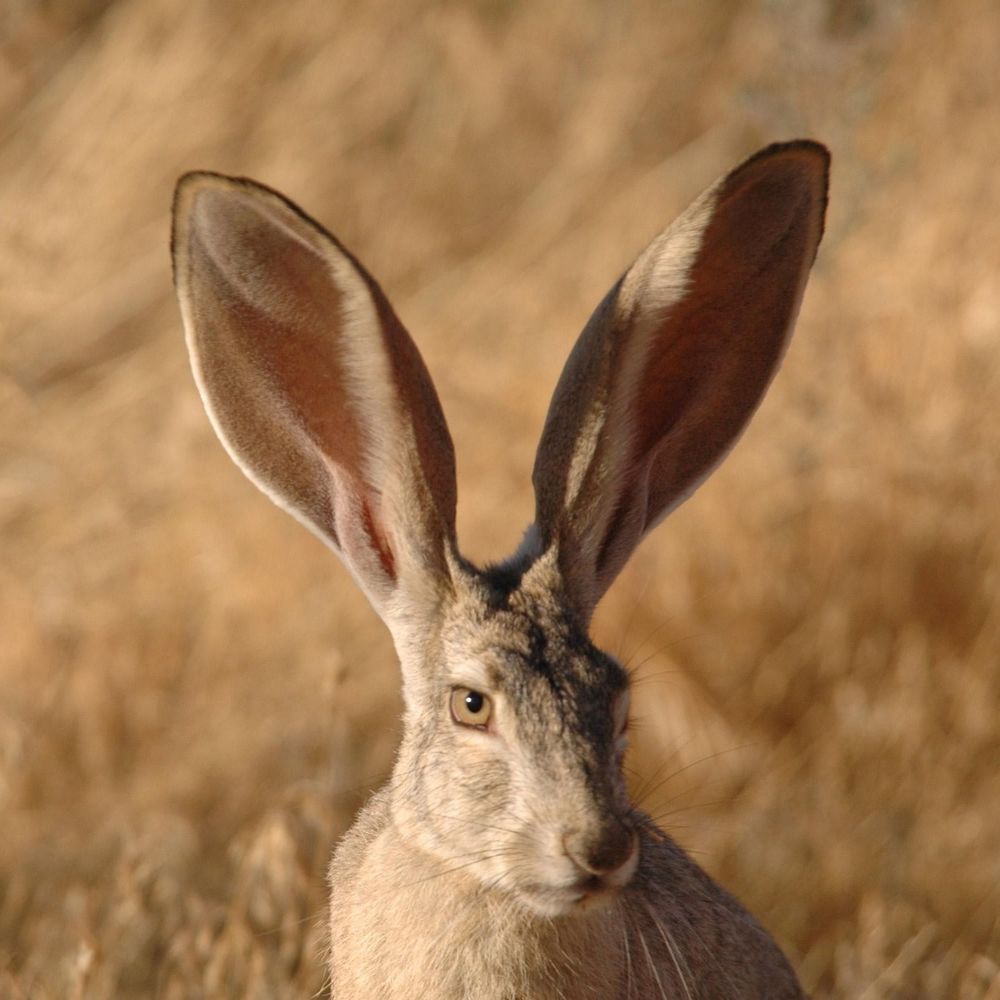
A close up photo of a black-tailed jackrabbit. Its ears are massive, significantly longer than the rabbit's head and shoulders. It is surrounded by yellowish grasses.
The ears of a black-tailed jackrabbit can measure ~5.1 in (13 cm) long—roughly 20% of the animal’s entire body length! If this ratio were applied to humans, the average person would have ears larger than 13 in (33 cm) tall.
Photo: Scott Rheam, U.S. Fish and Wildlife Service, PD, Wikimedia Commons
17.07.2025 21:31 — 👍 116 🔁 16 💬 3 📌 3
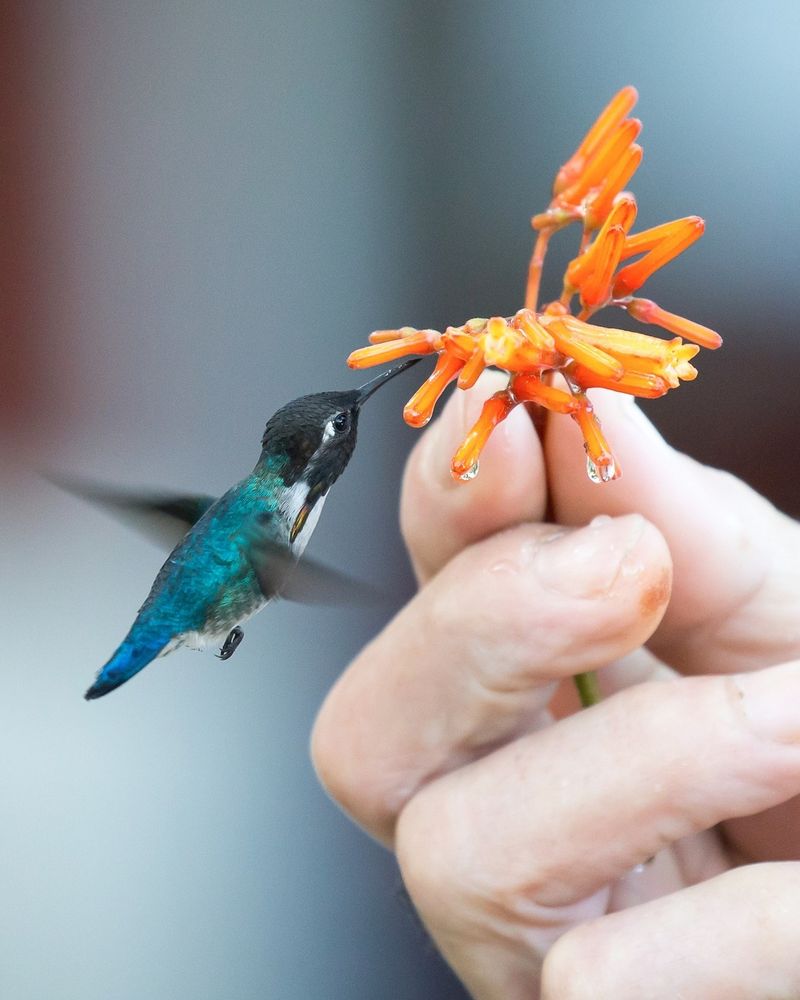
A photo of a Bee Hummingbird drinking from a flower held in a human hand. The bird's diminutive size is made apparent by the presence of the human hand, which is many times larger than the bird. The bird is blue with irridescent feathers on its back and tail.
DYK? The Bee Hummingbird is one of the smallest birds in the world. Native to Cuba, it's so small that it’s often confused for a bee. This tiny critter typically grows ~2.3 in (5.8 cm) long, weighs .08 oz (2.3 g), and has a wingspan of 1.3 in (3.3 cm)!
Photo: Sean Werle, CC BY-NC 4.0, iNaturalist
16.07.2025 21:16 — 👍 78 🔁 15 💬 2 📌 1

A photo of Risso’s dolphin emerging from the ocean. The animal is grayish in color with a pale white head and chest. It has a multitude of visible scars on its skin. Its head is somewhat bulbous.
Ever seen Risso’s dolphin? Lower jaws with sets of sharp, peg-like teeth help this species catch prey, fight predators, and compete with rivals. Their wide range includes temperate, subtropical, & tropical waters around the world.
Photo: Robin Gwen Agarwal, CC BY-NC 4.0, iNaturalist
15.07.2025 20:19 — 👍 55 🔁 7 💬 0 📌 0

A photo of a northern walking stick. The insect is long and brown, with spindly legs, and resembles a twig.
Meet the northern walking stick—a master of camouflage. Its color and shape fool predators into thinking it’s an inedible twig. In fact, its camouflage is so thorough that its eggs resemble tiny seeds!
Photo: Cecil Smith, CC BY 4.0, iNaturalist
14.07.2025 20:23 — 👍 99 🔁 16 💬 2 📌 1
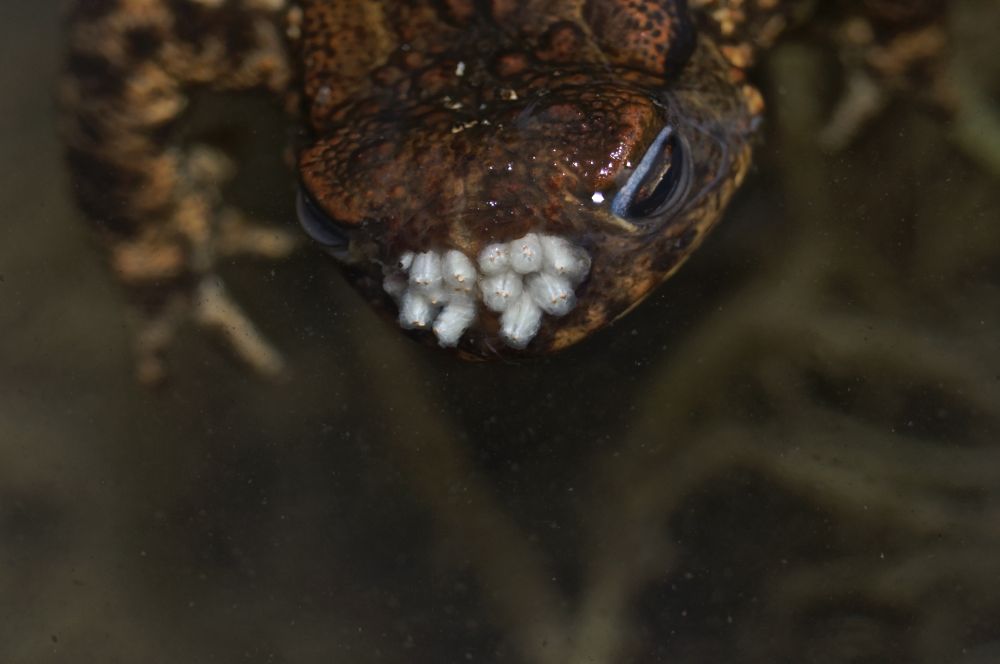
A close up of a toad in water. Its head is above the surface. You can see the fly's larvae in its nostrils; they look like little white gelatinous balls.
Did you know? The toad fly lays its eggs in an unusual place: a toad’s nostrils. When its eggs hatch, the larvae feed on the toad’s face and body. Unfortunately, this leads to the toad’s demise.
Jona263d, CC BY-SA 4.0, Wikimedia Commons
13.07.2025 01:27 — 👍 42 🔁 4 💬 4 📌 4

Head on shot of The Titanosaur towering over the viewer as its head peers out of the arch of the hall entrance. Its long body can be seen trailing behind it, as well as three people who seem tiny compared to its immense size.
You don’t see one of these every day… or ever. 🦕 Meet The Titanosaur (Patagotitan mayorum). At 122 ft (37.2 m) long & ~70 tons, this sauropod was heavier than 10 African elephants—it was one of the largest animals to ever walk the Earth! This gigantic herbivore lived ~95 million years ago.
11.07.2025 20:19 — 👍 84 🔁 11 💬 4 📌 1




























